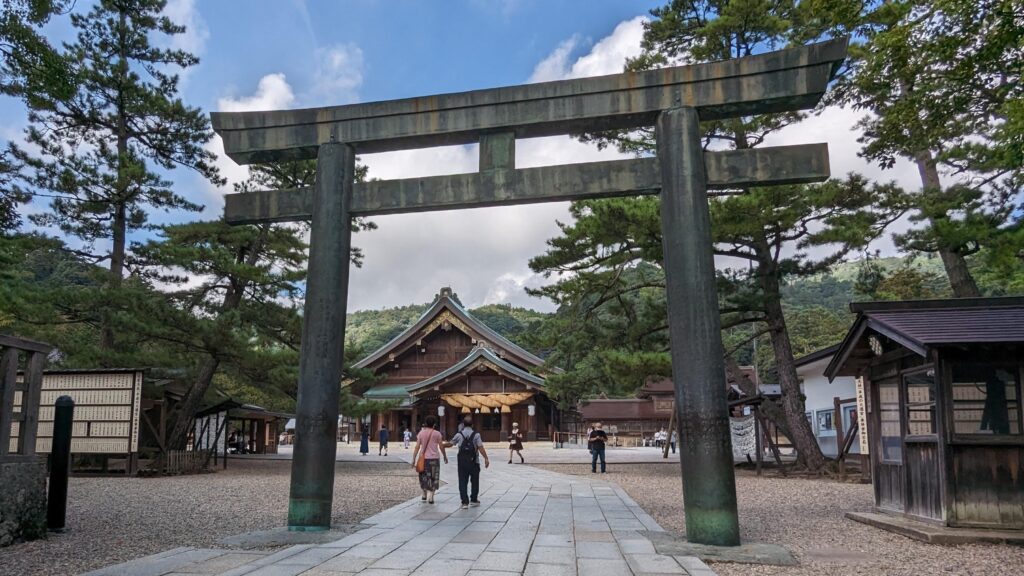Nagoya definitely isn’t a city famous for tourism. I cannot remember a single guide that talked about “Top 10 cities in Japan” and mentioned Nagoya. Even among Japanese it is considered a very commercial, business city. The saying goes that Nagoya is a nice city to live in but not a nice city to visit. Nagoya is most famous as a manufacturing hub, and home to many big companies such as Toyota, whose museum I have visited as well!
My first day in Nagoya began with a shopping spree. I bought a couple of things. Starting with a new set of clothes (the whole wardrobe, from underwear to some nice shirts, and I think I will buy more on my way home). Secondly I purchased a new fountain pen. I got used to writing with a fountain pen, because it feels much better – the ink flows nicely, the letters look way better, and it feels way more premium than just using a ballpoint pen. I picked a fancy looking light blue Parker pen covered with gold. I also bought some premium aquamarine coloured ink from Iroshizuku. I have already tried writing with it, and it is amazing! I think I might buy an extra bottle of ink as well on my way back…
The next day I decided to visit 2 places: the Nagoya castle and Toyota commemorative museum.
Nagoya castle is a beautifully restored castle from the Edo period (17th century). The original castle was, like most other old buildings, razed to the ground during WWII air raids. But Japanese decided that rebuilding the castle was a big priority, signifying the successful post-war recovery. The full renovation was finished some years ago. Paintings inside of the palace were restored using digital technologies, and laced with gold to make the paintings as close to the originals as possible. And I have to say, walking through the castle really does feel like visiting the past! I spent a lot of time just looking at the paintings while others rushed past me to see the castle itself. The main tower though was unfortunately closed due to renovation.
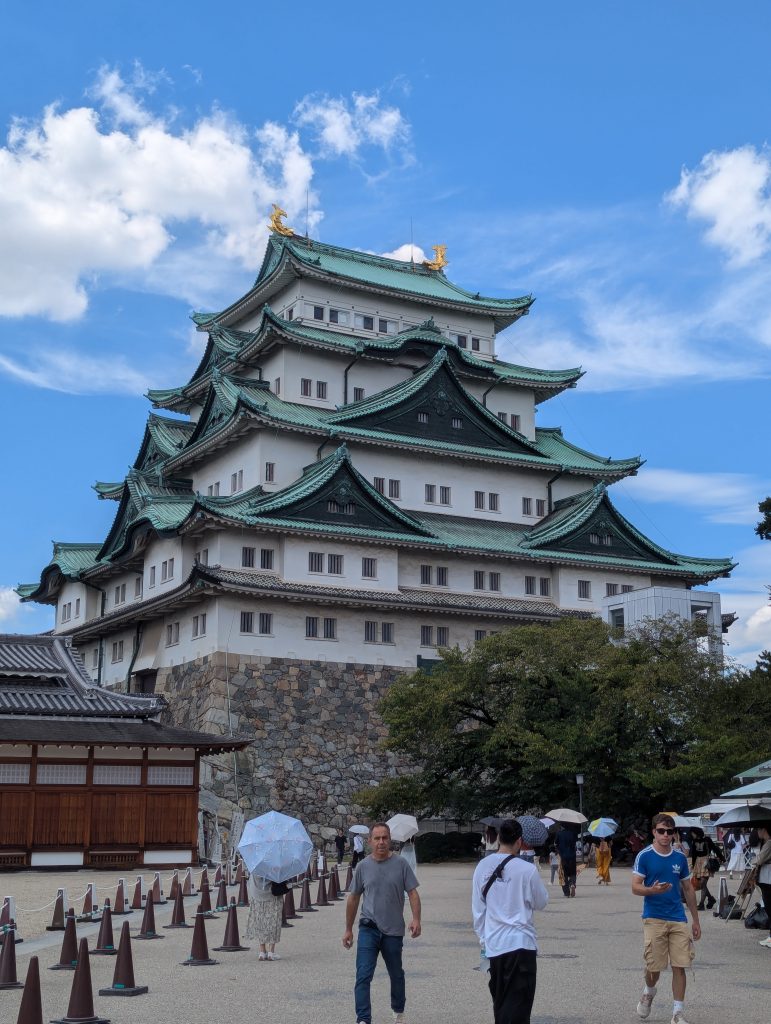

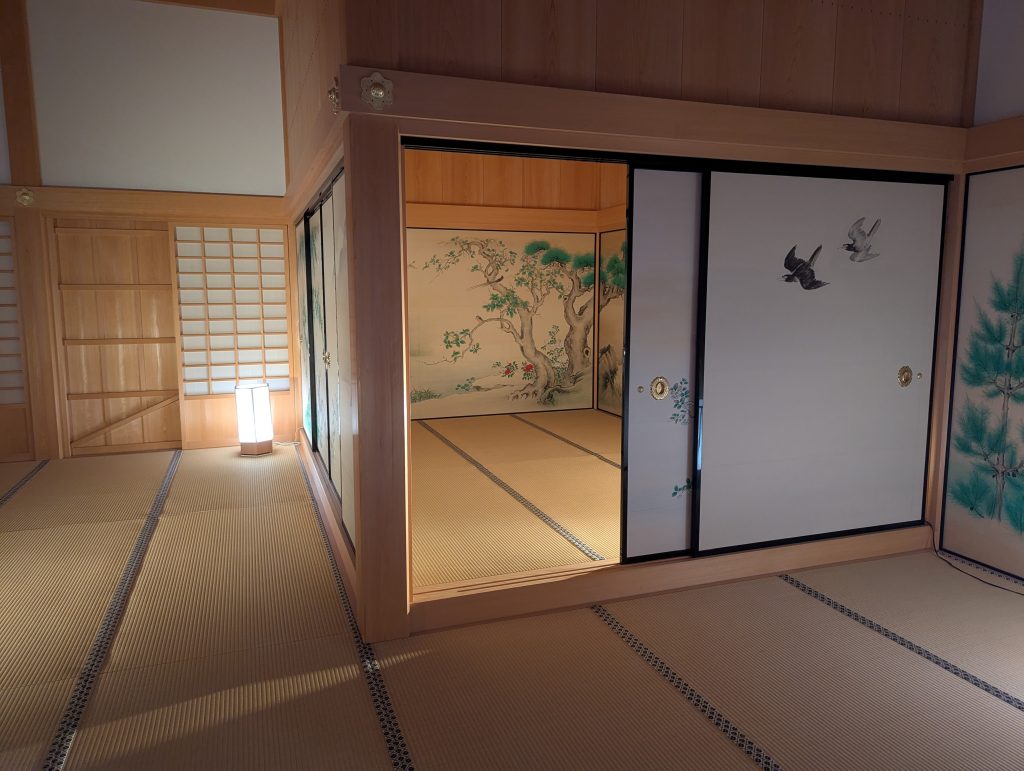
The Toyota museum was quite a contrast to the cultural and historical atmosphere of the Honmaru palace. And frankly, it blew my expectations. The museum, though I would rather describe it as a factory exhibit with how detailed everything was, was full of real machines, demos and guides who explained and demonstrated everything. The museum consisted of two parts: textile industry and automotive industry. You heard it right, textile industry.
Sakichi Toyoda, the founder of what is today known as Toyota, grew up with a sense of purpose. He wanted to make something that would help his country grow. His earliest invention was a manual weaving machine. His inventions improved iteratively and soon his weaving machines were used all across Japan. They were so good, that even businessmen from abroad, UK, started showing interest in getting their hands on his automated weaving machines. These textile machines played a huge role in expanding the Japanese economy at the time. The museum showed a lot of different machines, and there were buttons to press for most of them. The buttons ran the machines and you could see how they operate!
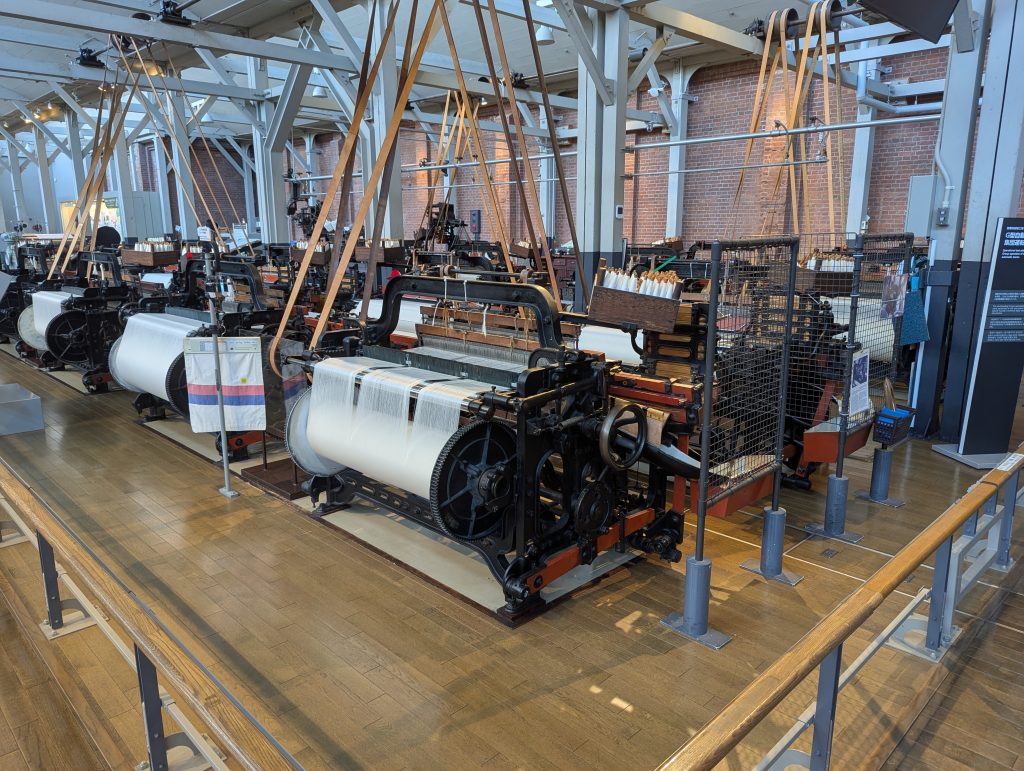
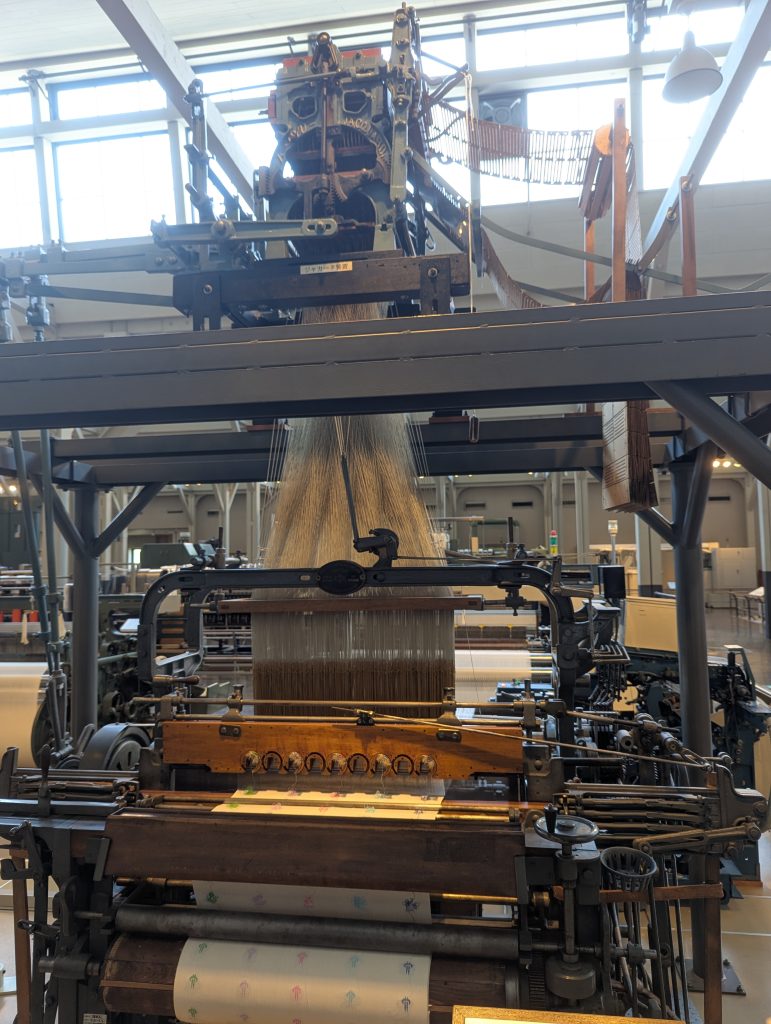
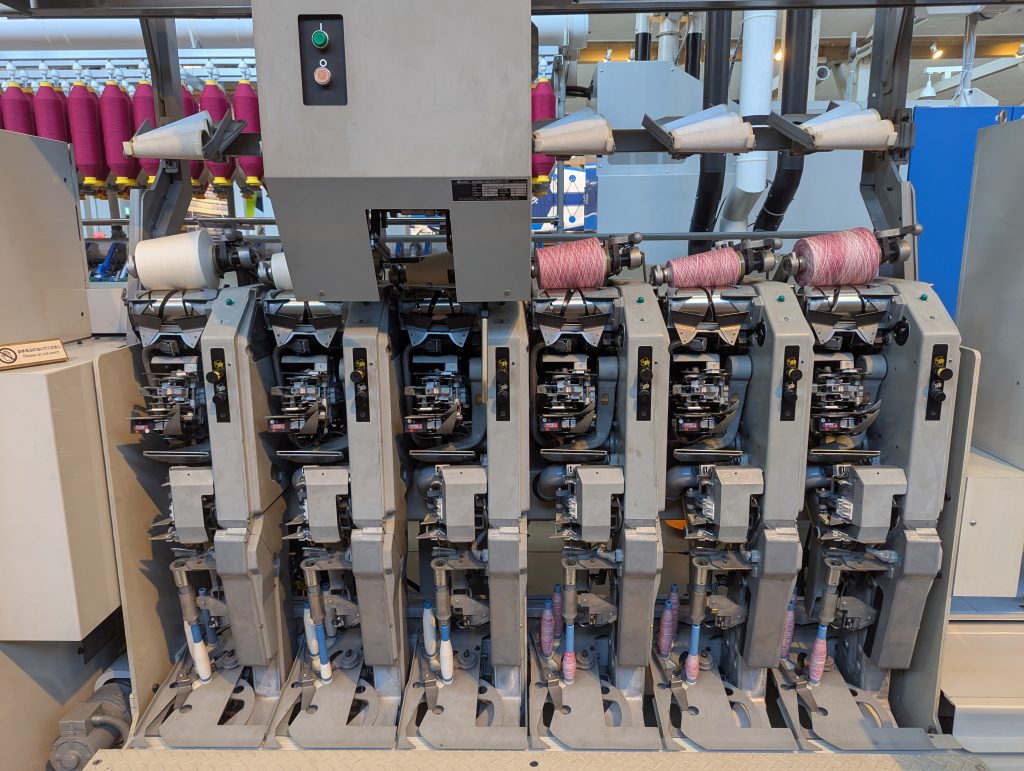
But Toyota did not stop here. They later started manufacturing cars – from humble beginnings with the Toyoda Model AA, the cars improved incrementally – to today Toyota, when is known as one of the most reliable car brands in the world. The automotive section consisted of both cars (from oldest to modern) and the whole production explanation – with actual machines used for car production. Smeltery (though for obvious reasons this one was not running) demonstrated how metal is melted and then moulded into sheets. The metal sheet press demonstrated how car parts are created. And finally the fully automated robotic assembly with robotic arms demonstrated how the cars are put together. You pressed the button and the robotic arms grabbed the parts and put them together. Really cool! Unfortunately, I did not have enough time to see the whole museum due to arriving late… But that just means I will have to come here again :).
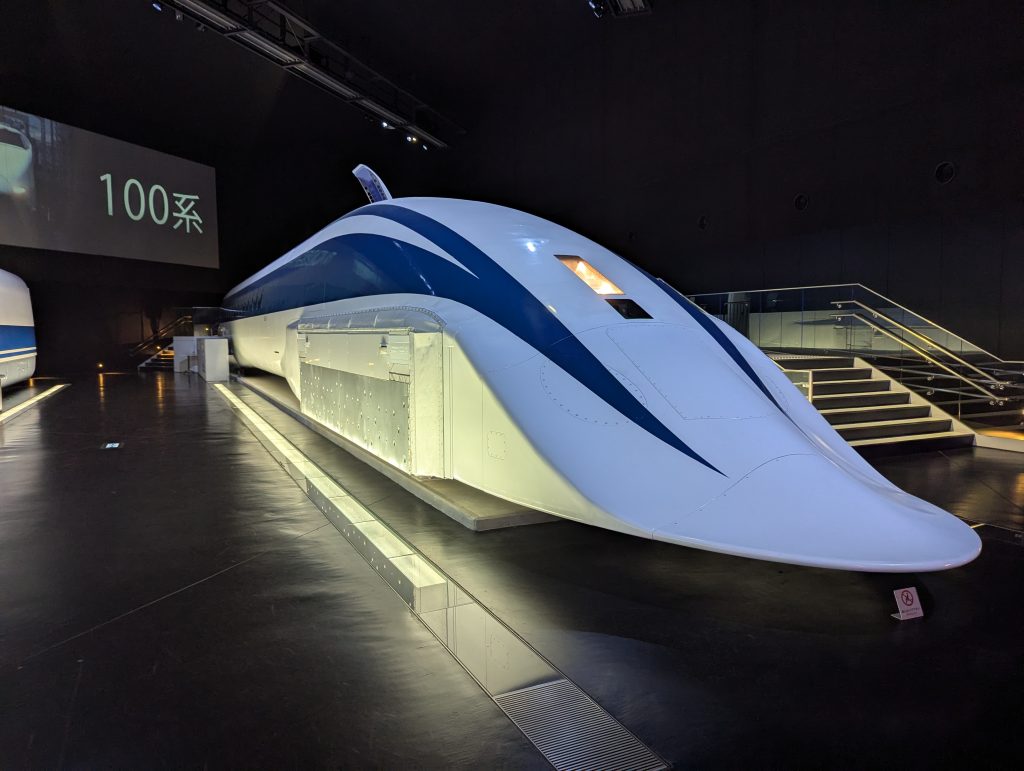
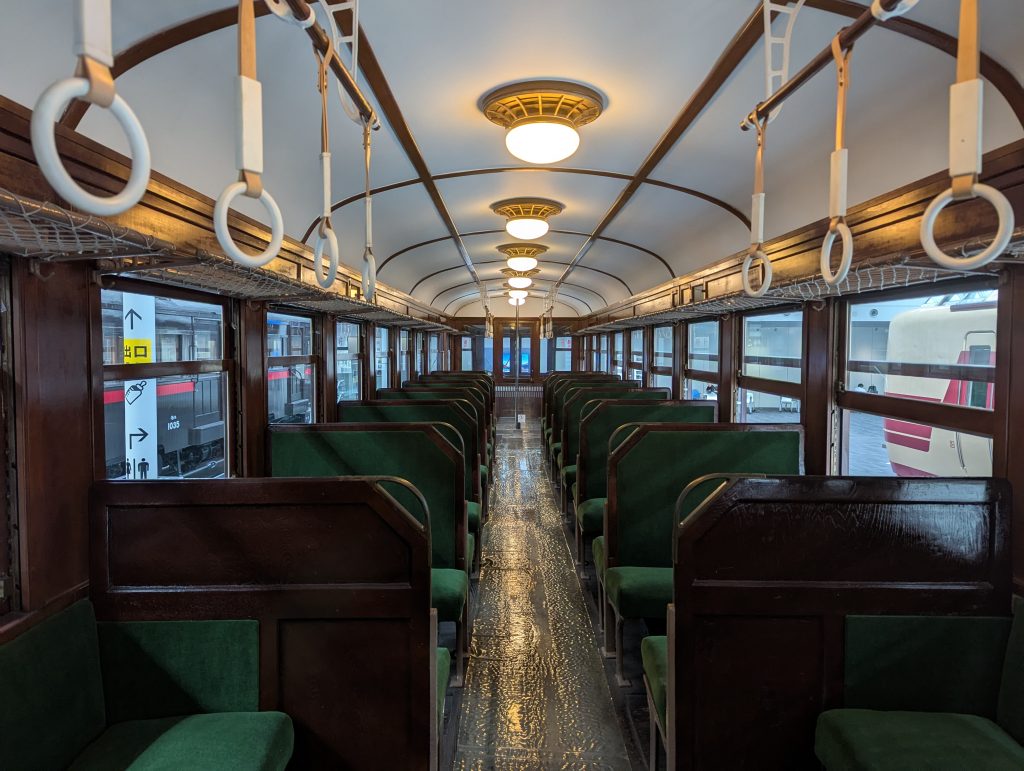
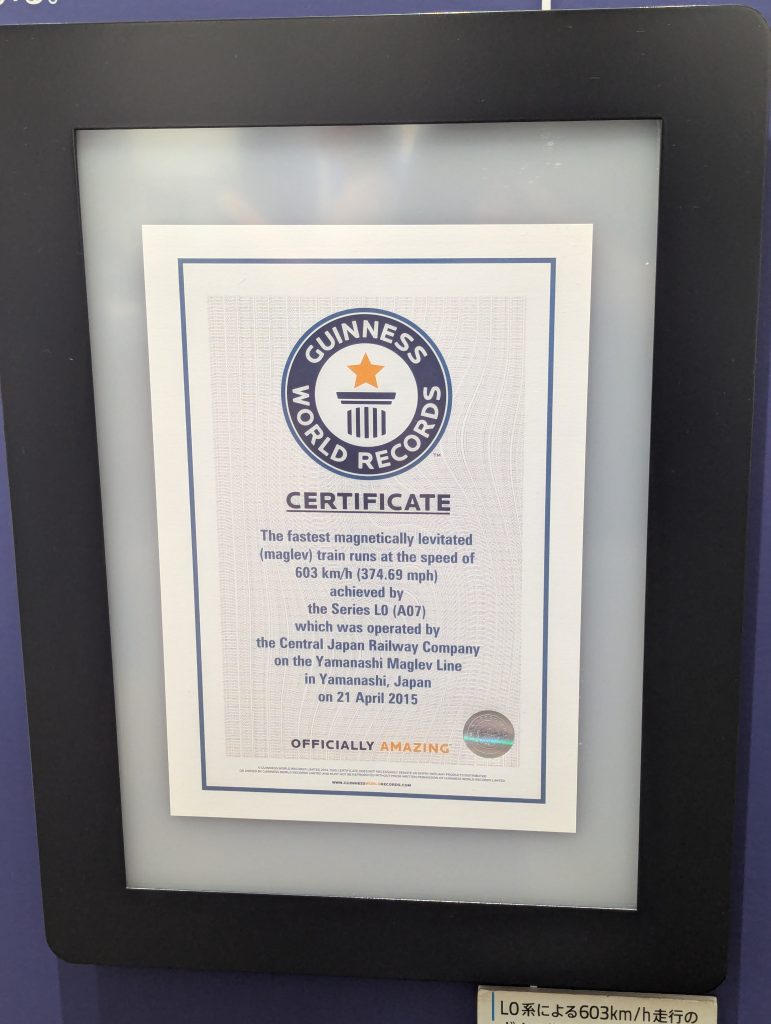
The next day wasn’t boring either! I visited the SCMaglev and Railway Park. SCMaglev is the Japanese levitating train that is being developed on the Yamanashi test track (which I hope to visit). Its development goes all the way back to 60s. Japanese pioneered the research of maglev trains. Today the second prototype train is being tested almost on a weekly basis, and it is estimated that the track between Tokyo and Nagoya could be built by 2034, though there have been a lot of bureaucratic problems slowing down the construction of this track. The total project cost is estimated at around 82 billion USD. The travel speed of this train would be around 500 km/h, and the travel time from Tokyo to Nagoya (286km) around 40 min. A pace that even beats the fastest airlines!
The museum itself was full of technical details. I found the learning section most interesting and spent more than 2 hours just there. This section explained everything about how the Shinkansen network works. How the trains work, how they are regularly services and how Dr. Yellow (Shinkansen service train) checks for any problems on the tracks every night. There was also an explanation of all the infrastructure – power delivery, natural disaster and other safety systems, central control system… And so much more! If my Japanese was better, I would probably spend an extra hour there! Then there were a bunch of real trains, from oldest to newest, a big diorama (miniature train model). And they even had simulators where you could experience driving a train and how the maglev ride feels like. And, so, much, more! I was completely sucked in by the technical explanations of everything!
And then comes today. Today, I decided to first visit a science museum, but was a bit disappointed since there was not even a word of English in the museum… I suppose I will have to learn more Japanese. But after that I headed towards a small town – (Hida) Kanayama. This is the first of the small towns that I picked to experience a bit of the countryside life. And this place certainly feels like that. I can walk through the entire town in like 10 minutes.

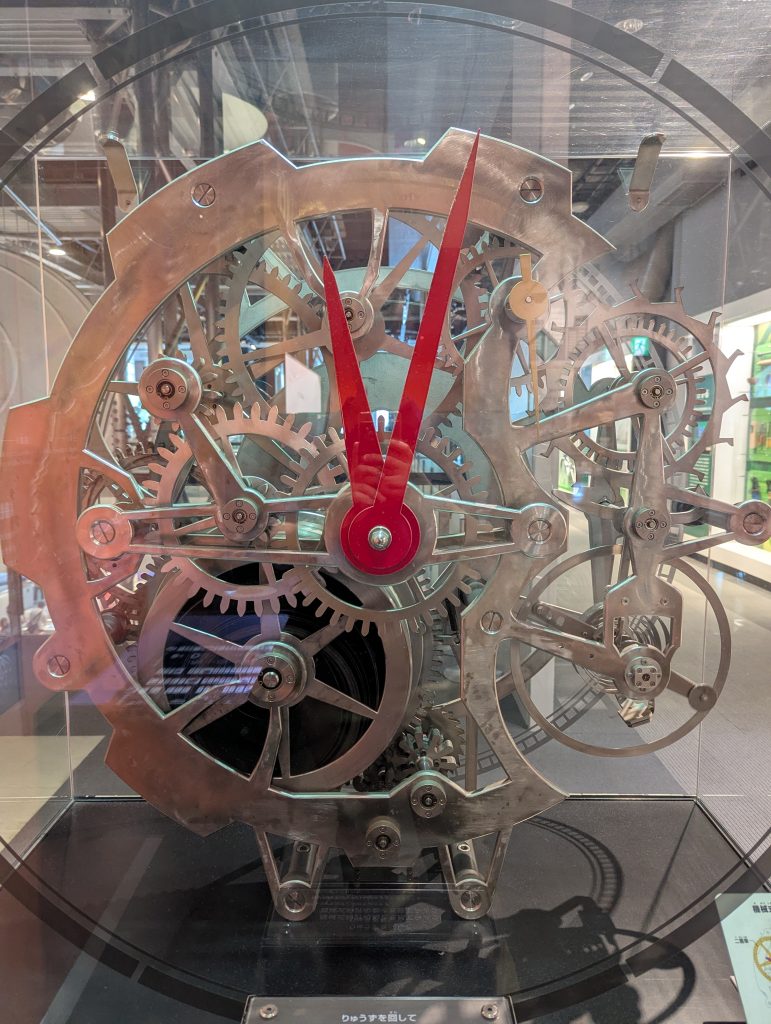
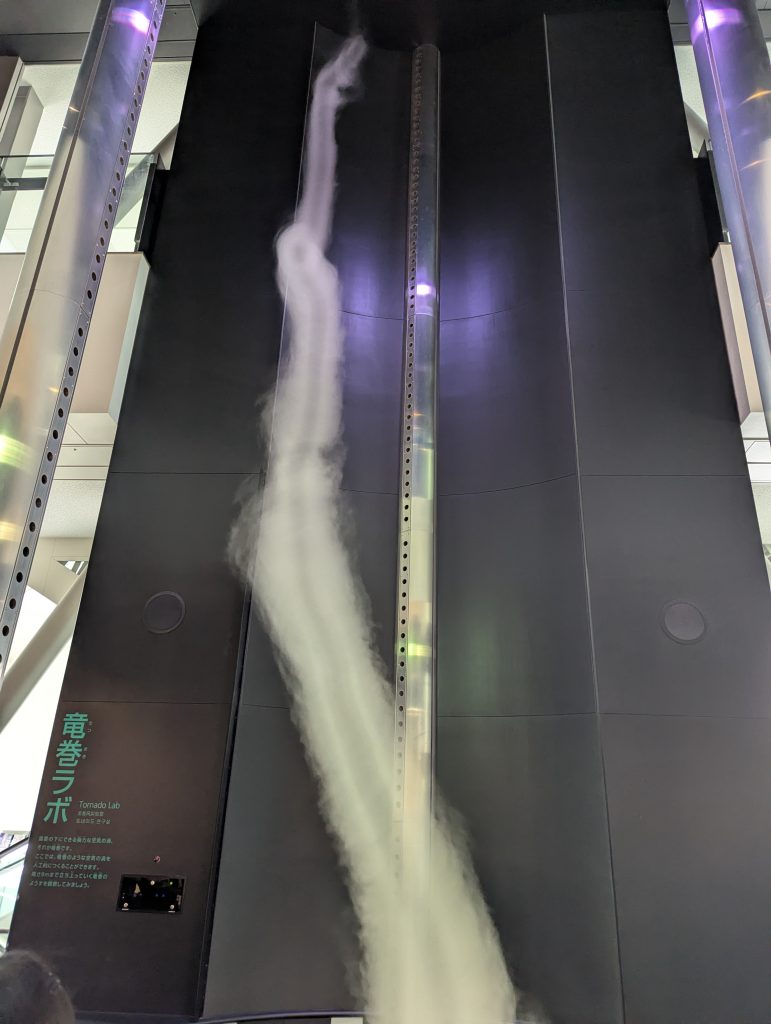
Finally, would I recommend Nagoya to someone visiting Japan for the first time? Probably not, unless you want to visit the Toyota or SCMaglev museum, which are both amazing! Oh, and there is also Ghibli park just outside Nagoya. So perhaps, a 2 or 3 day stop should be enough for anyone. I, on the other, hand feel like I could easily spend another 3 days here.

